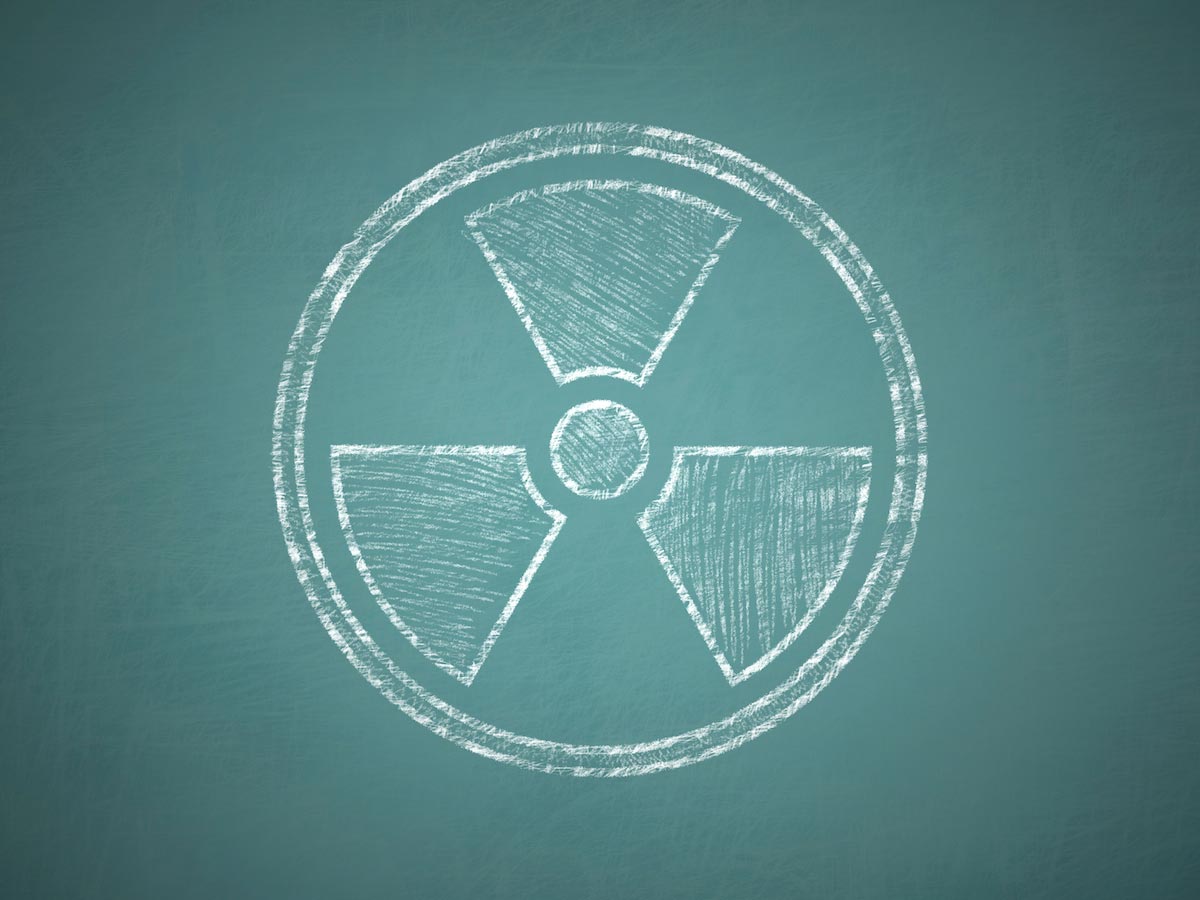
Also called "superionic water," superionic ice is black, hot and several times heavier than normal ice. This strange phase has both solid and liquid properties at the same time – the hydrogen ions move freely like in liquids while oxygen atoms are arranged in a solid crystalline alignment.
While superionic ice does not exist on Earth's surface, researchers suggest that it might be present in the planet's hot, dense lower mantle.
Exploring Earth's mantle for superionic ice
In the 1980s, computer programmer Pierfranco Demontis hypothesized that subjecting water to extreme heat and pressure forms superionic ice. According to Demontis, heat weakens the chemical bonds between hydrogen and oxygen atoms while extreme pressure keeps the larger, heavier oxygen atoms stacked in a crystal lattice.
These properties make superionic ice a good conductor of electricity. But unlike other conductors such as metals, positively charged ions carry the electric current instead of negatively charged electrons.
Scientists believe that the interior of ice giants such as Neptune and Uranus are abundant in superionic ice. On Earth, superionic ice is not thought to exist naturally because surface conditions are too mild to drastically transform water. And while the planet's interior is very hot and dense, it harbors tiny amounts of water and ice.

But many hydrous minerals that are found below ground contain hydroxyl, which is a basic unit of water. For their study, the researchers developed computer models of iron oxide-hydroxide to see whether this hydrous mineral can enter the superionic state. To be considered superionic, the mineral should have freely moving protons crawling through a solid oxygen lattice.
"In superionic water, hydrogen will get released from oxygen and become liquid-like, and move freely within the solid oxygen lattice," explained Qingyang Hu, one of the study researchers.
The models showed that the mineral enters the superionic state at temperatures of more than 3,090 degrees and pressure levels that are 800,000 times higher than normal atmospheric pressure.
"Such pressure and temperature conditions ensure a large portion of Earth's lower mantle can host the superionic hydrous mineral. These deep regions may have rivers made of protons, which flow through the solids," said co-author Duckyoung Kim.
Making a superionic mineral
The researchers verified the predicted temperature and pressure conditions by conducting experiments using a laser-heating technique and a high-pressure device called a diamond anvil cell.
The chemical bonds between hydrogen and oxygen atoms began to weaken at room temperature and pressure levels that were over 73,000 times normal atmospheric pressure. This weakened bond indicated that some positively charged hydrogen atoms had split from some oxygen atoms and become mobile.
The mineral's electrical conductivity abruptly increased at temperatures of around 2,730 to 3,090 degrees and pressure levels that were 121,000 times higher than normal atmospheric pressure. This led the researchers to conclude that the mineral had reached the superionic state. A spike in conductivity, explained the researchers, signals that hydrogen atoms have covered the entire solid oxygen lattice.
The superionic mineral is the first evidence of the superionic phase occurring deep inside Earth, according to co-author Jin Liu. (Related: The Earth's mantle is a "geochemically diverse mosaic," reveals team of geologists.)
"It is very likely that hydrogen in the recently-discovered dense hydrogen-bearing oxides that are stable under the deep lower mantle's high [pressure and temperature] conditions, such as dense hydrous phases, may also exhibit superionic behavior," Liu said.
The study has important implications for Earth science because superionic minerals can influence electrical conductivity, magnetism and the transportation of materials in the planet's interior. Similar to rivers, fast-moving and highly conductive hydrogen ions can connect remote regions by transporting heat and mass.
In all, the planet could be more dynamic than previously thought if superionic minerals are proven to exist in the mantle.
Sources include:
Please contact us for more information.






















